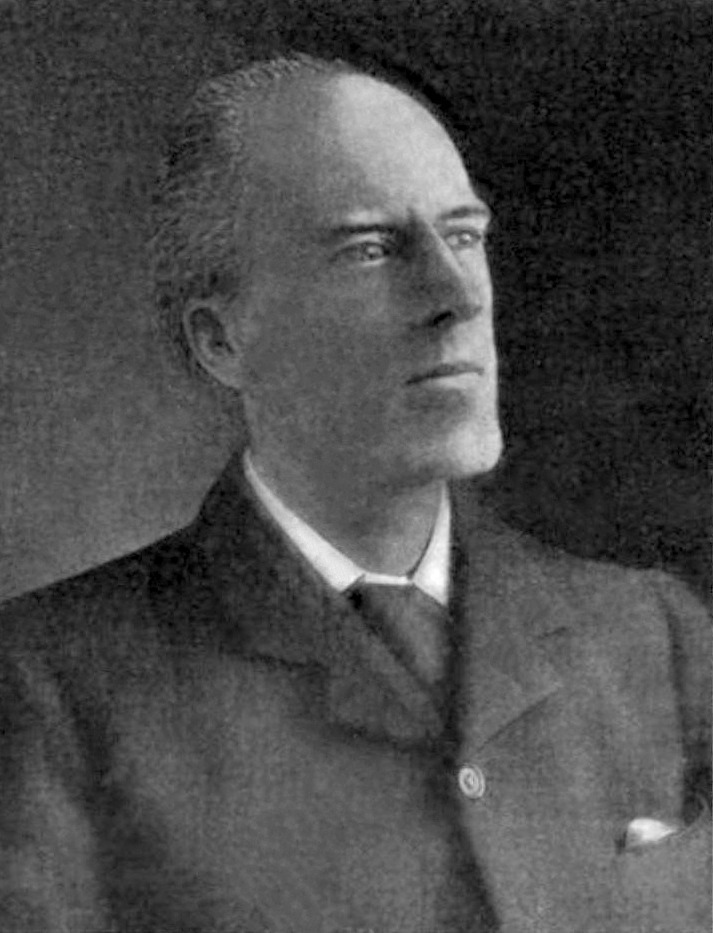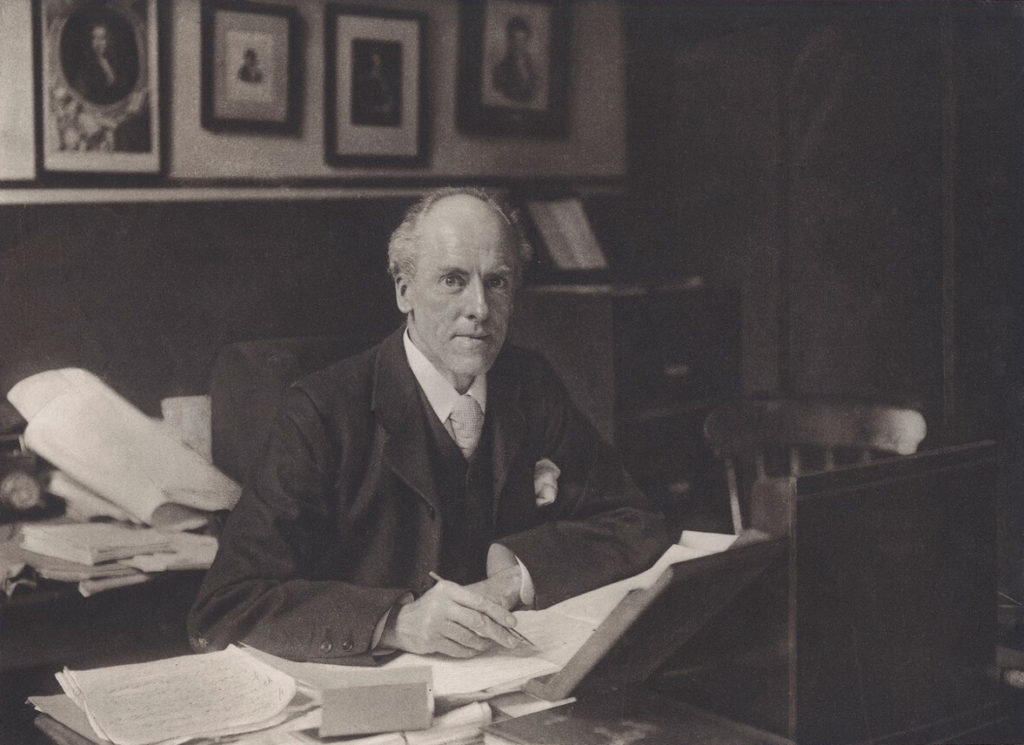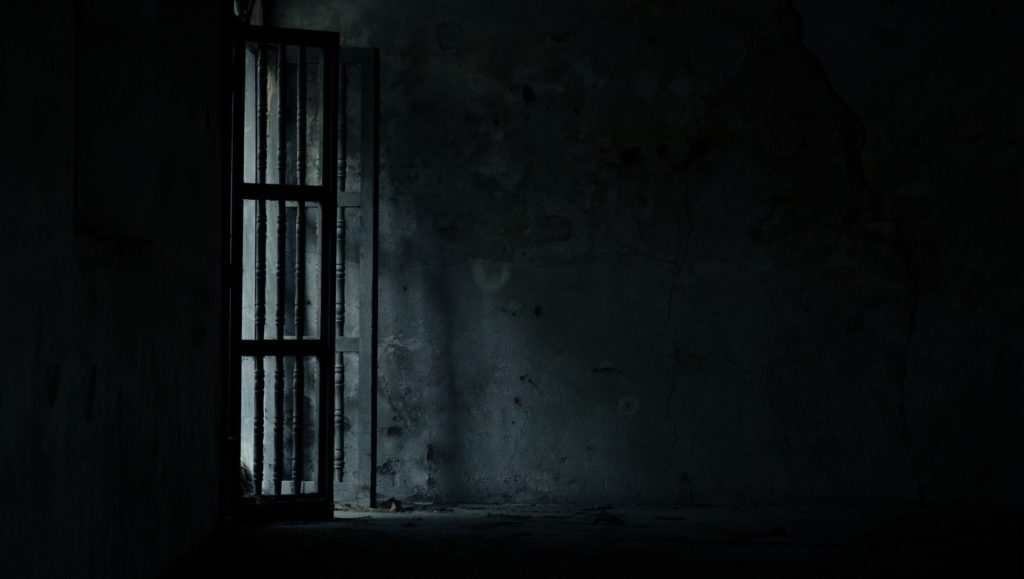Karl Pearson’s Worst Quotation?

The famous statistician Karl Pearson was also a eugenicist, so there are a great many hair-raising quotations to choose from. I nominate the following two for being particularly shocking (for more information see Wikipedia and the Guardian). Brace yourself, here is quotation number one: “History shows me one way,…
read more





